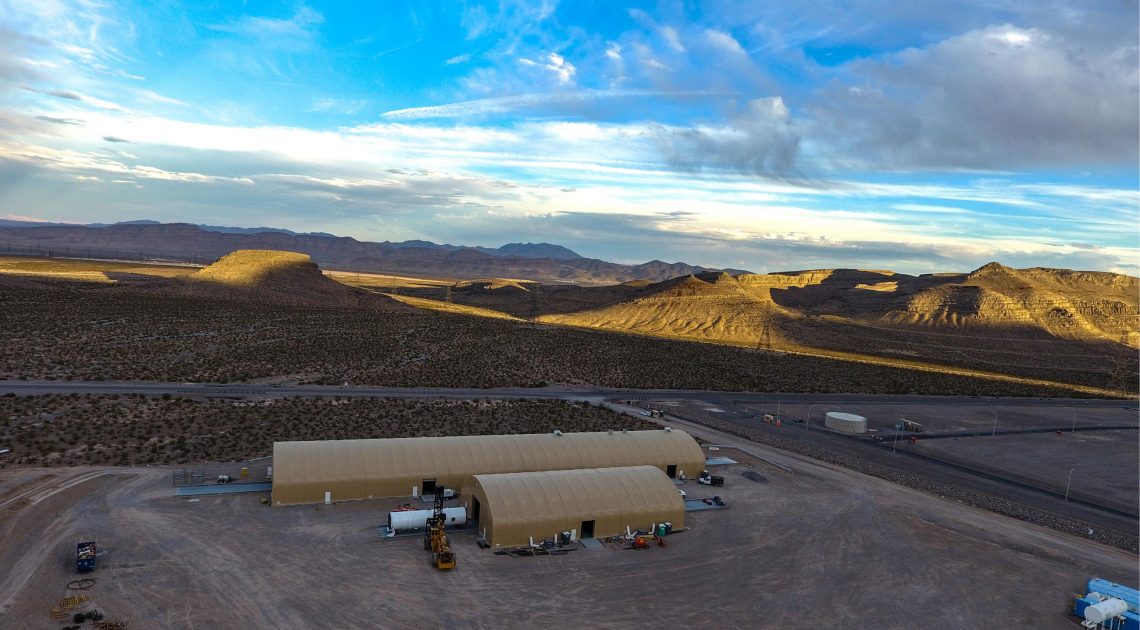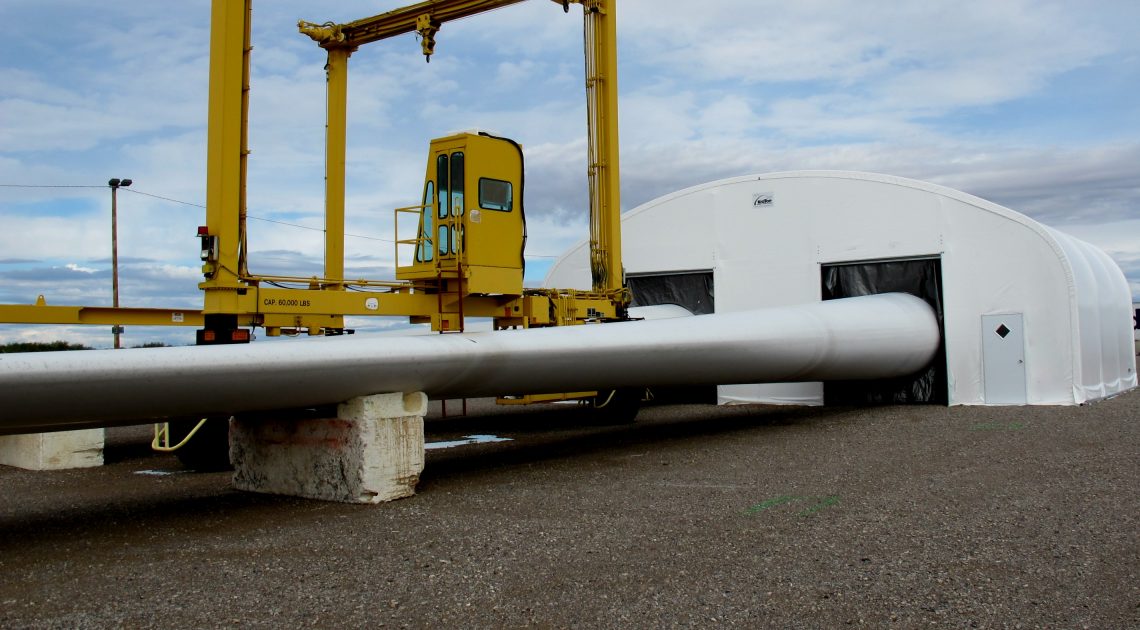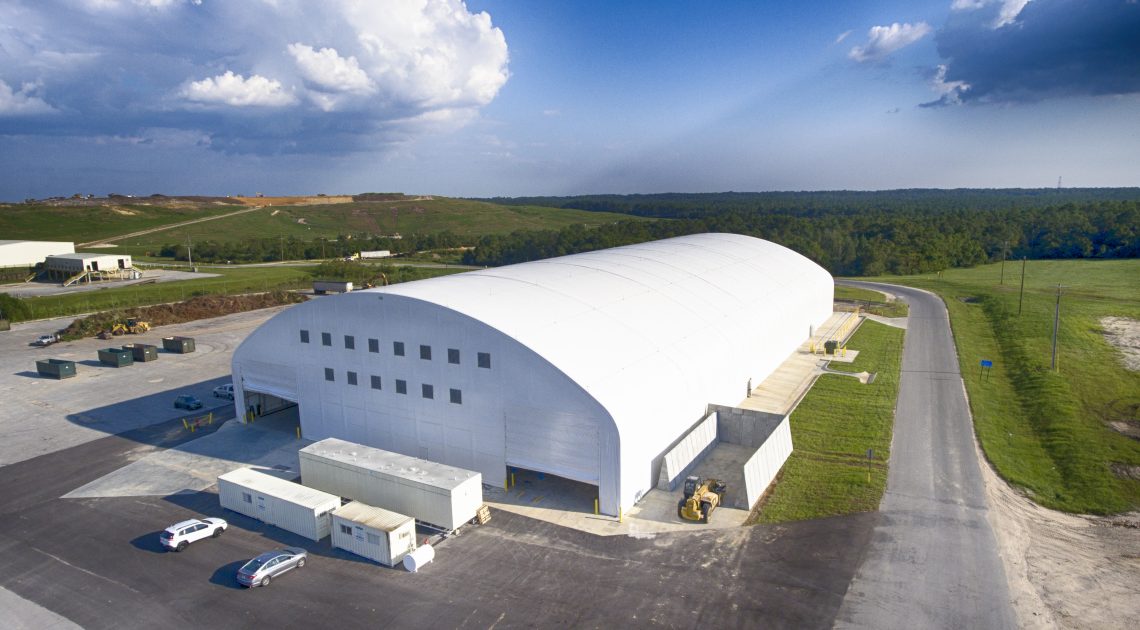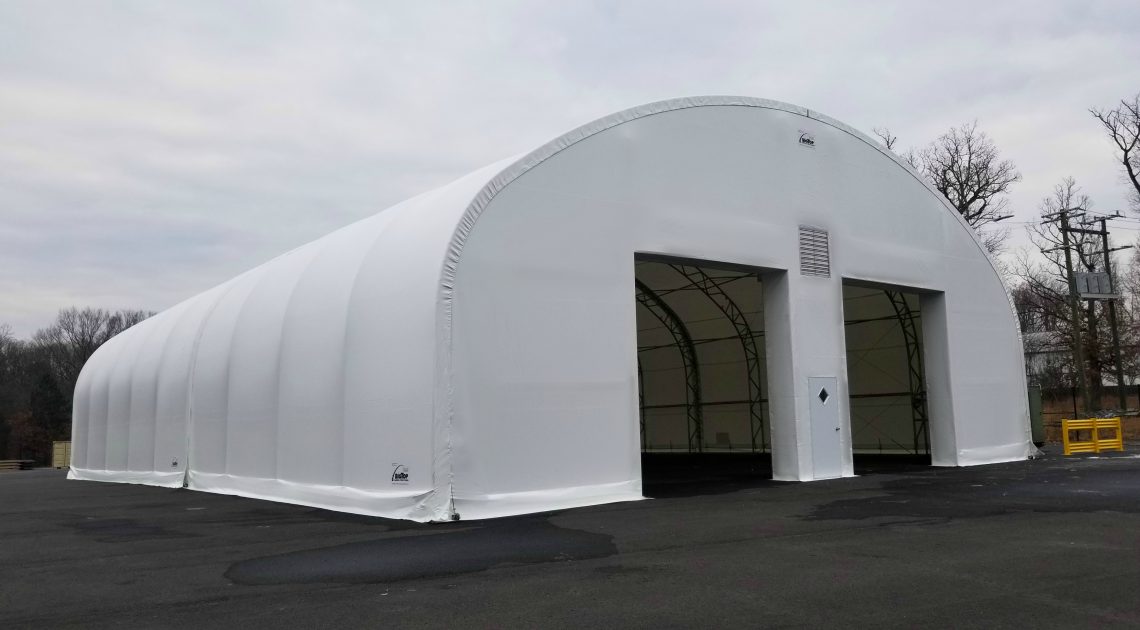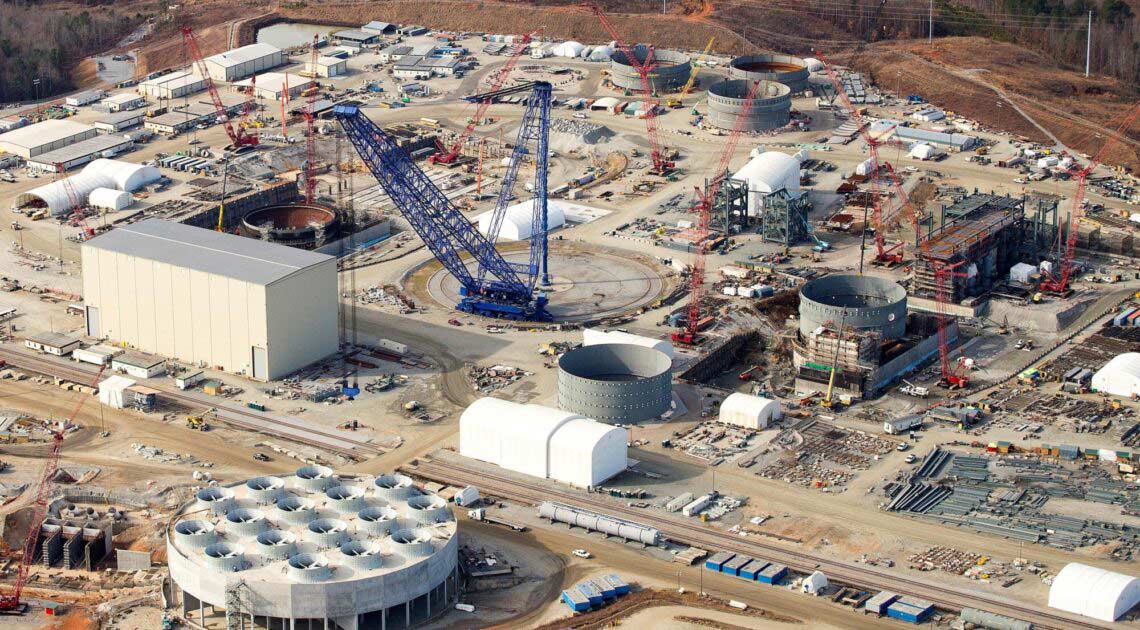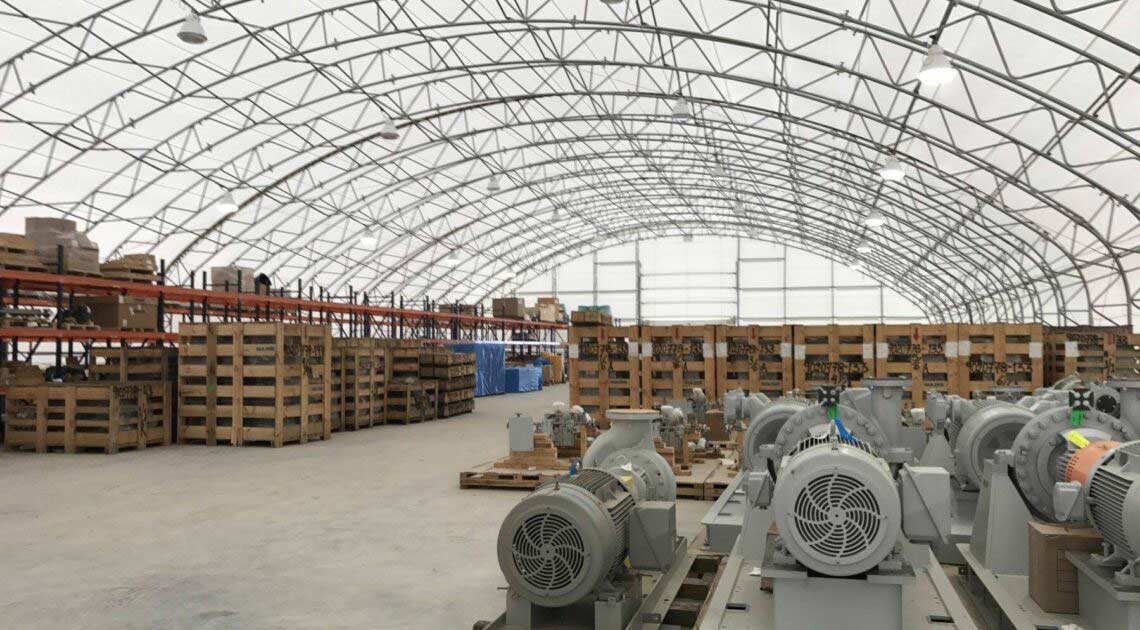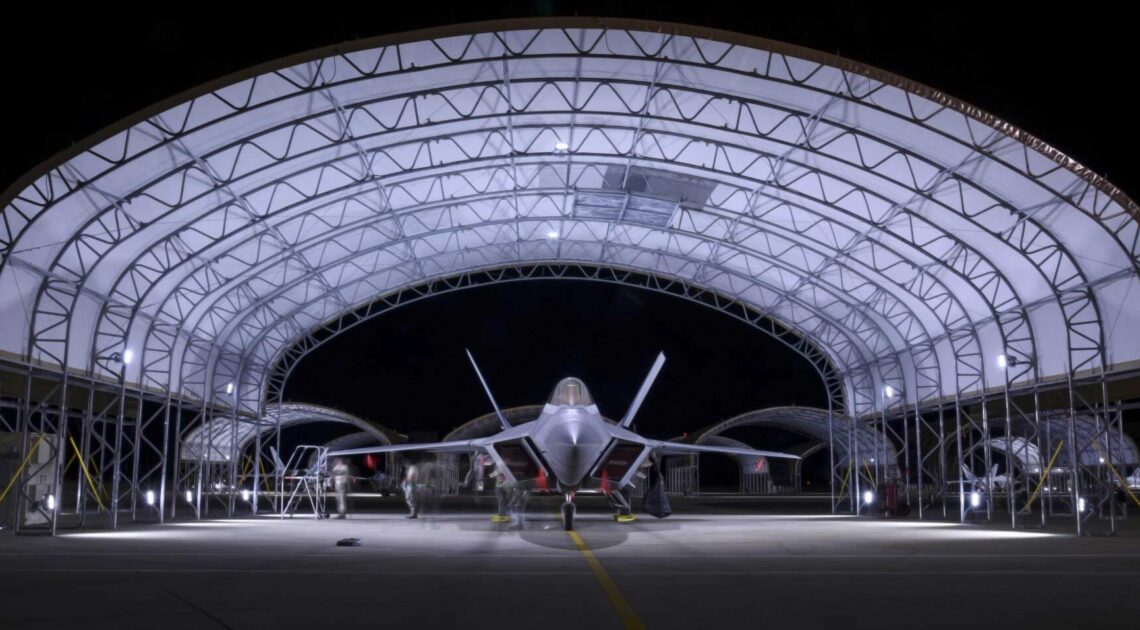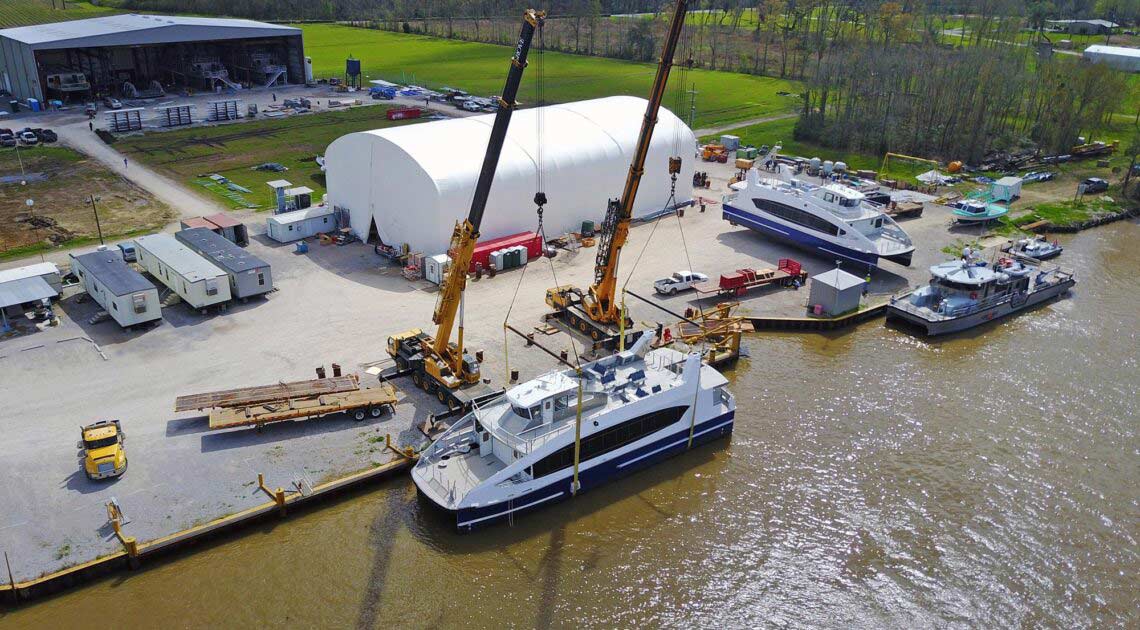Trends That Will Impact the Field in 2023 and Beyond

The construction industry changes every year. Some of these changes are fairly small, while others are massive and have lasting effects on the industry as a whole. Whether you work in construction, manufacturing, or simply enjoy following the industry, it can be valuable to know what’s coming next so you can stay ahead of the curve and prepare yourself to thrive under these new conditions. To help you with this task, here are the top 7 construction industry trends that will impact the field in 2022 and beyond.
1) Increased digitization
The construction industry has a long history of using technology. From measuring tools to surveying equipment, today’s industry relies on tech more than ever. Digitization will continue its progression across many fields within construction over the next several years, and by 2023, even more, tasks will be automated as AI and robotics make a greater impact on safety and efficiency. There is even talk of certain operations eventually being conducted entirely through VR! Though it may seem far-fetched now if trends persist through the next decade, who knows what’s possible?
2) Building owners seek ways to reduce costs

3) Automation on all fronts
The pace of innovation is accelerating, and it’s making a huge impact on all aspects of construction. Count on this trend being prevalent far past the next five years. We’re already seeing an increasing level of automation on all fronts: from digital technologies such as robotics and drones to 3D printing and nanotechnology. These new innovations have enormous potential to improve safety, efficiency, communication, and overall productivity across the industry. This will be one of those areas where virtual reality (VR) will make a huge difference—in everything from on-site training to communicating progress with vendors or stakeholders at corporate HQ. What does all of that mean for job seekers? It means construction jobs are going to become even more specialized.
4) Big data and AI go hand-in-hand
Data is not only growing at an exponential rate, but it’s also becoming increasingly complex. This means that building AI systems will require access to enormous quantities of data. The sheer quantity of data that many companies are dealing with is often difficult to comprehend: For example, Facebook processes 4500 TB of data per day! Big data and AI go hand-in-hand—they enable each other to get more value out of available information. For example, using analytics tools and machine learning models that can sort through thousands or millions of noise signals to find meaningful patterns.
5) Virtual reality (VR) construction tools will make projects safer, and more efficient
In 2013, a team of researchers at North Carolina State University used Google Glass and Microsoft Kinect to develop a virtual reality (VR) system for construction workers that enabled them to enter a virtual building and see structures before they were built. The resulting technology could speed up construction projects by eliminating errors made when assembling traditional blueprints. As VR technology becomes cheaper and more accessible in years to come, it’s likely that most big-name builders will have VR systems integrated into their design tools, saving time and money while also improving overall safety. In addition, these systems will allow companies to test designs before work begins on site.
6) Growth of VR training programs
As discussed, virtual reality has a lot of potentials to revolutionize training and development within many industries. With VR programs, employees can receive hands-on experience and learn skills that might be difficult to practice otherwise. From training new employees to updating experienced workers on new methods or techniques, VR will make it possible for companies to provide quality training quickly, easily, and affordably.
7) Green buildings will be ubiquitous

 In 2013, green buildings accounted for 8 percent of total construction spending. In 2022 green building projects will account for just under half of all new construction. By 2025, more than 60 percent of all new buildings could be labeled net-zero ready—or capable of being built with zero carbon emissions. Green energy will become even greener: There’s no question that renewable energy is quickly becoming a prominent source of power on a global scale—but one area it hasn’t taken off is within individual buildings.
In 2013, green buildings accounted for 8 percent of total construction spending. In 2022 green building projects will account for just under half of all new construction. By 2025, more than 60 percent of all new buildings could be labeled net-zero ready—or capable of being built with zero carbon emissions. Green energy will become even greener: There’s no question that renewable energy is quickly becoming a prominent source of power on a global scale—but one area it hasn’t taken off is within individual buildings.
Fabric Buildings Take Over
With Green buildings becoming more ubiquitous you’ll continue to hear a lot more on fabric buildings. This type of building will continue to gain traction because they are inexpensive, uses less material than a traditional brick-and-mortar structure. They can also be completed in much less time than other methods. The allure of these buildings is no doubt growing—according to Forbes. Trends will continue to grow into 2023 as materials, processes, and technologies improve; it’s predicted that we’ll see at least 10x+ growth in fabric buildings nationwide by then. As innovative builders like our team here at Big Top Manufacturing continue to push boundaries with new materials and construction techniques, expect even more innovations to arise. Stay ahead, save on cost, build on your green footprint, and see ROI with Big Top fabric structures.








